Android Version History from Cupcake (1.0) to Oreo (10.0)
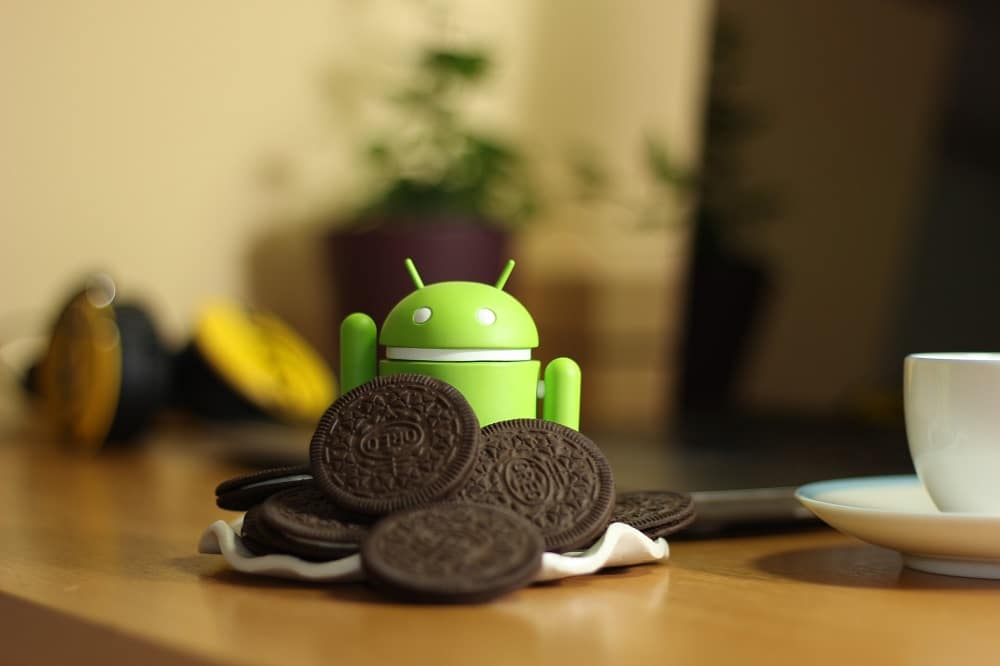
Do you want to know about the version history of the Android operating system? Well look no further in this article we will talk about Andriod Cupcake (1.0) till the latest Android Oreo (10.0).
The era of smartphones began when Steve Jobs – the founder of Apple – released the first iPhone back in 2007. Now, the iOS of Apple may very well be the first smartphone operating system, but which is the most widely used and widely loved one? Yes, you guessed it right, that is Android by Google. The first time we saw Android operating on mobile was in the year 2008, and the mobile was the T-Mobile G1 by HTC. Not that old, right? And yet it feels like we have been using the Android operating system for eternity.

The Android operating system has improved dramatically over the course of 10 years. It has changed and has been made better in every little aspect – whether it is conceptualization, visualization, or functionality.
The main reason behind this is one simple fact that the operating system is open by nature. As a result, anyone could get their hands on the source code of the Android operating system and play with it however they wish to. In this article, we will go down memory lane and revisit the fascinating journey this operating system has made in a very short span of time and how it continues to do so. So, without wasting any more time, let us begin. Please stick around till the end of this article. Read along.
But before we get to Android version history, let us take a step back and figure out where Android was originated at first. It was an ex-Apple employee named Andy Rubin who created the operating system back in 2003 for digital cameras. However, he realized soon enough that the market for operating systems of digital cameras is not that lucrative and therefore, he shifted his attention towards smartphones. Thank God for that.
Android Version History from Cupcake (1.0) to Oreo (10.0)
Android 1.0 (2008)
First of all, the first Android version was called Android 1.0. It was released in 2008. Now, obviously, the operating system was way less developed from what we know it as today and for what we love it as well. However, there are a number of similarities too. To give you an example, even in that earlier version, Android had done an amazing job in dealing with notifications. One unique feature was the inclusion of the pull-down notification window. This one feature literally threw the notification system of iOS to the other side.
See Also:
How to Mirror Android Phone to TV Without Wi-Fi
15 Best App to Restore Old Photos Android List
How to Turn Off USB Debugging on Android
How to Get Strikethrough Font on Android
How to Restrict YouTube on Android
In addition to that, another innovation in Android that changed the face of the business is the innovation of the Google Play Store. At that time, it was called The Market. However, Apple put it to a tough competition a few months later when they launched the App Store on the iPhone. The idea of a centralized place where you could get all of the apps you want to have on your phone was conceptualized by both of these giants in the smartphone business. This is something we cannot imagine our lives without these days.
Android 1.1 (2009)
The Android 1.1 operating system did consist of some potential. However, it was still well suited for people who are gadget enthusiasts as well as early adopters. The operating system could be found on the T-Mobile G1.
Now, although it is true that the iPhone sales always stayed ahead in revenue as well as numbers, the Android operating system still came with some of the key features that are still can be seen on the Android smartphones of this generation. The Android Market – that has been later named the Google Play Store – still served as the single source of delivering the Android apps. In addition to that, on the Android Market, you could install all the apps without any restrictions which is something you could not be able to do on the App Store of Apple.
Not only that, the Android browser was an addition that improved the web browsing a lot more fun. The Android 1.1 operating system happened to be the first version of Android that came with the feature of data syncing with Google. Google Maps was introduced for the first time on Android 1.1. The feature – as you all know at this point – uses GPS to point hot location on a map. Therefore, it was definitely the beginning of a new era.
Android 1.5 Cupcake (2009)

The tradition of naming the different versions of Android began with the Android 1.5 Cupcake. The version of the Android operating system brought to us a wide number of refinements than what we have seen previously. Among the unique ones is the inclusion of the first on-screen keyboard. This particular feature was especially necessary because that was the time when the phones began to get rid of their once-ubiquitous physical keyboard model.
In addition to that, Android 1.5 Cupcake also came with the third-party widgets framework as well. This feature almost immediately became one of the features that distinguish Android from other operating systems. Not only that, but the operating system also allowed the users the ability to record videos for the first time in their history.
Android 1.6 Donut (2009)

The next version of the Android operating system Google released was called Android 1.6 Donut. It released in the month of October in 2009. The operating system version came with quite a lot of huge improvements. The unique one was that from this version, Android started to support CDMA technology. This feature managed to get them a wide array of the crowd to begin using Android. To give you more clarity, CDMA was a technology that the American Mobile Networks used at that point in time.
The Andriod 1.6 Donut was the first version of Android that supported multiple screen resolutions. This was the foundation upon which Google built the feature of making several Android devices along with different screen sizes. In addition to that, It also offered Google Maps Navigation along with turn by turn satellite navigation support as well. As if all of that was not enough, the operating system version also offered a universal search feature. What that meant was that you could now search the web or pinpoint the apps on your phone.
Android 2.0 Éclair (2009)

Now, the next version of the Android operating system that came to life was Android 2.0 Éclair. As of now, the version we talked about – although important in their own way – was simply incremental upgrades of the same operating system. On the other hand, Android 2.0 Éclair came to existence after about a year the first version of Android was released and brought with it some of the most significant changes to the operating system. You can still see quite a few of them around in the present time.
First of all, it was the first version of the Android operating system that offered Google Maps Navigation. This refinement made the in-car GPS unit extinguish within a span of time. Although Google refined Maps over and over again, some of the major features introduced in the version such as voice guidance as well as turn-by-turn navigation still lurk around today. It was not that you could not find any turn-by-turn navigation apps at that time, but you would have to spend quite a lot of money to get them. Therefore, it was a masterstroke from Google to offer such a service for free.
In addition to that, Android 2.0 Éclair also came with a completely new internet browser. In this browser, HTML5 support was provided by Google. You could play videos on it as well. This put the operating system version on a similar playground to that of the ultimate mobile internet browsing machine at that time which was the iPhone.
For the last part, Google also refreshed the lock screen quite a bit and enabled the users to swipe to unlock the screen, similar to the iPhone. Not only that, you could change the mute mode of the phone from this screen as well.
Android 2.2 Froyo (2010)
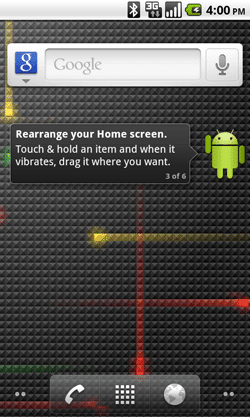
The Android 2.2 Froyo was launched a mere four months after the Android 2.0 Éclair came out. The version of the operating system consisted of in general several under-the-hood performance enhancements.
However, it did not fail to offer many essential front-facing features. One of the main features was the inclusion of the dock at the bottom of the home screen. The feature has become a default one in the Android smartphones we see today. In addition to that, you could also make use of the voice actions – introduced for the first time in the Android 2.2 Froyo – for performing actions such as making notes as well as getting directions. You could now do it all simply by tapping an icon and speaking any command afterward.
Android 2.3 Gingerbread (2010)
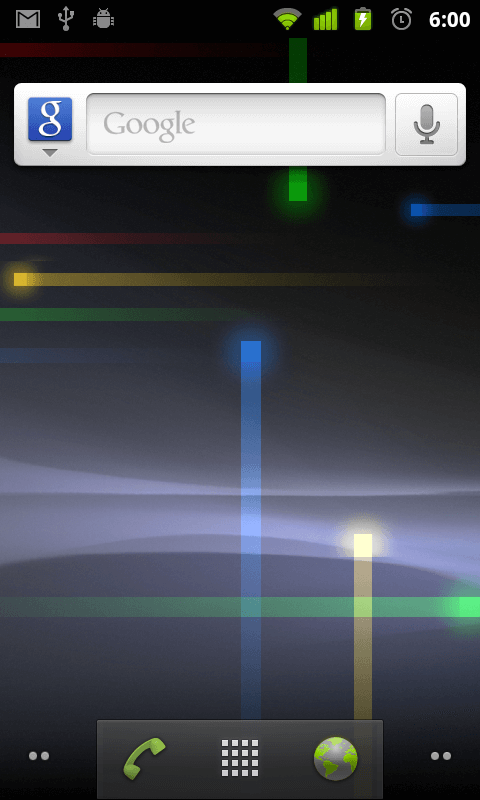
The next Android version Google released was called Android 2.3 Gingerbread. It was launched in 2010, but for any reason whatsoever, it failed to make a lot of impacts.
In this operating system version, for the first time, you could get front camera support for video calling someone. In addition to that, Android also provided a new feature called Download Manager. This is a place where all the files you downloaded was organized so that you could find them in a single place.
Apart from that, the UI overhaul was offered that prevented screen burn-in. This, in turn, improved the battery life quite a lot. Last but not the least, several improvements were made on the on-screen keyboard along with a few shortcuts. You would also get a cursor that helped you in the copy-paste process.
Android 3.0 Honeycomb (2011)
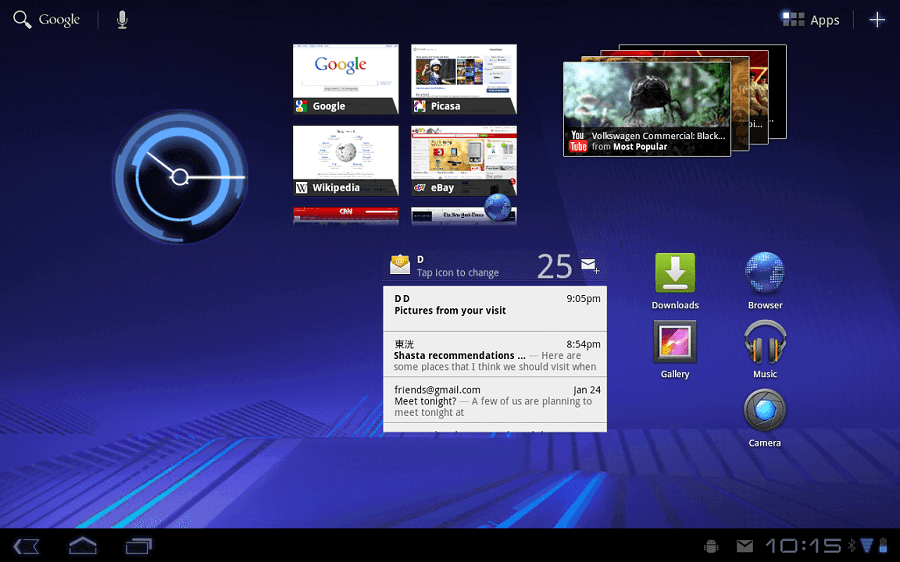
By the time Android 3.0 Honeycomb was launched, Google had been storming the market of smartphones for quite a long time then. However, what made Honeycomb an interesting version was that Google designed it specifically for tablets. In fact, the first time they showed it was on a Motorola device. That particular device later became the Xoom in the future.
In addition to that, Google left quite a lot of clues in the operating system version for users to figure out what they would likely see in the upcoming Android operating system versions. In this operating system version, Google for the first time changed the color to blue accents instead of its trademark green ones.
Apart from that, now you could see previews for every single widget instead of having to choose them from a list where you did not have that option. However, the game-changing feature was where the physical buttons for Home, Back, and Menu were removed. They were now all incorporated in the software as virtual buttons. That enabled the users to show or hide the buttons depending on the app they are using at that moment.
Android 4.0 Ice Cream Sandwich (2011)
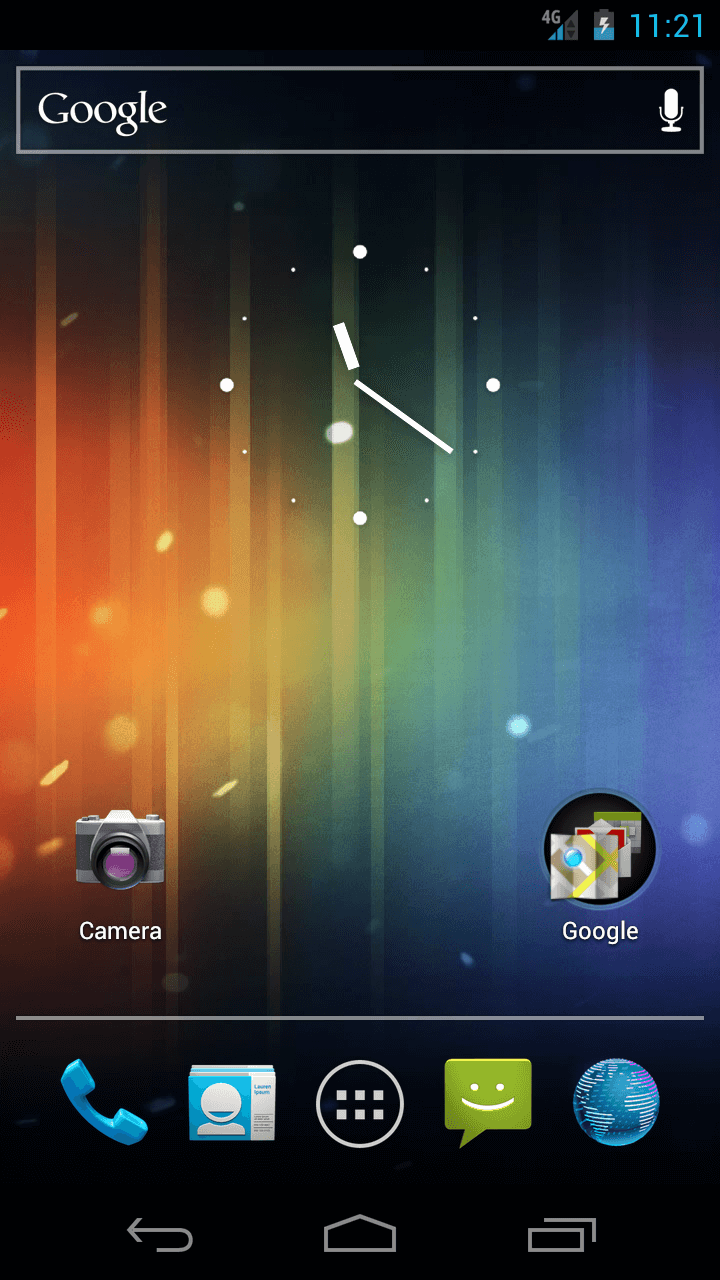
Google released the Android 4.0 Ice Cream Sandwich in 2011. While Honeycomb acted as the bridge from the shift from old to new, Ice Cream Sandwich was the version where Android stepped on to the world of modern design. In it, Google improved the visual concepts you saw with Honeycomb. Also, with this operating system version phones and tablets were unified with a unified and single user interface (UI) vision.
The usage of blue accents was kept in this version as well. However, the holographic appearances were not carried on from Honeycomb in this one. The operating system version, instead, took forward the core system elements that included a card-like appearance for switching between apps as well as the on-screen buttons.
With the Android 4.0 Ice Cream Sandwich, swiping became an even more intimate method for making the most out of the experience. You could now swipe away apps you recently used as well as notifications, which at that time felt like a dream. In addition to that, a standard design framework named Holo that now exists along the operating system as well as the ecosystem of the Android apps began forming in this version of the Android operating system.
Android 4.1 Jelly Bean (2012)
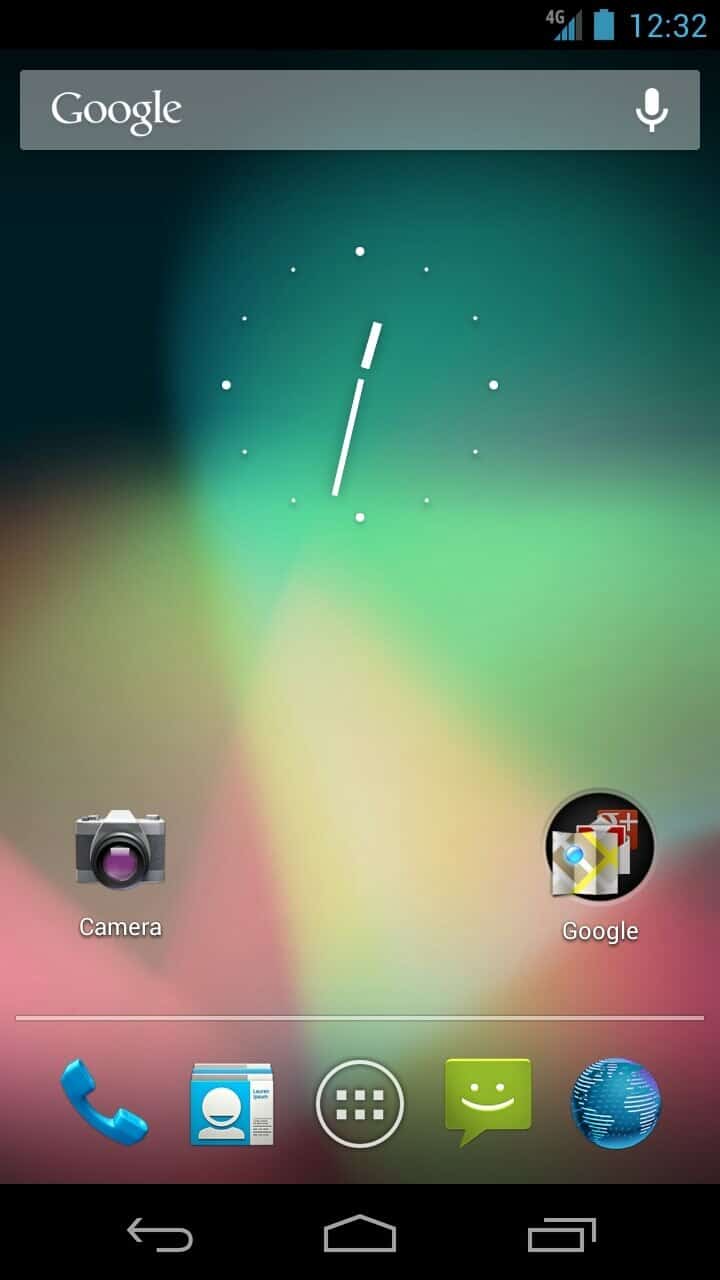
The next version of the Android operating system was called Android 4.1 Jelly Bean. It was launched in 2012. The version came with a lot of new features.
The unique one was the inclusion of Google Now. The feature was basically an assistant tool with which you could see all the relevant information depending on your search history. You also got richer notifications as well. New gestures and accessibility features were also added.
A brand new feature called Project Butter supported higher frame rates. Therefore, swiping through home screens as well as menus a lot easier. In addition to that, you could now view photos way more quickly simply by swiping from the camera where it will take you to the filmstrip. Not only that, widgets now realigned themselves whenever a new one was added.
Android 4.4 KitKat (2013)
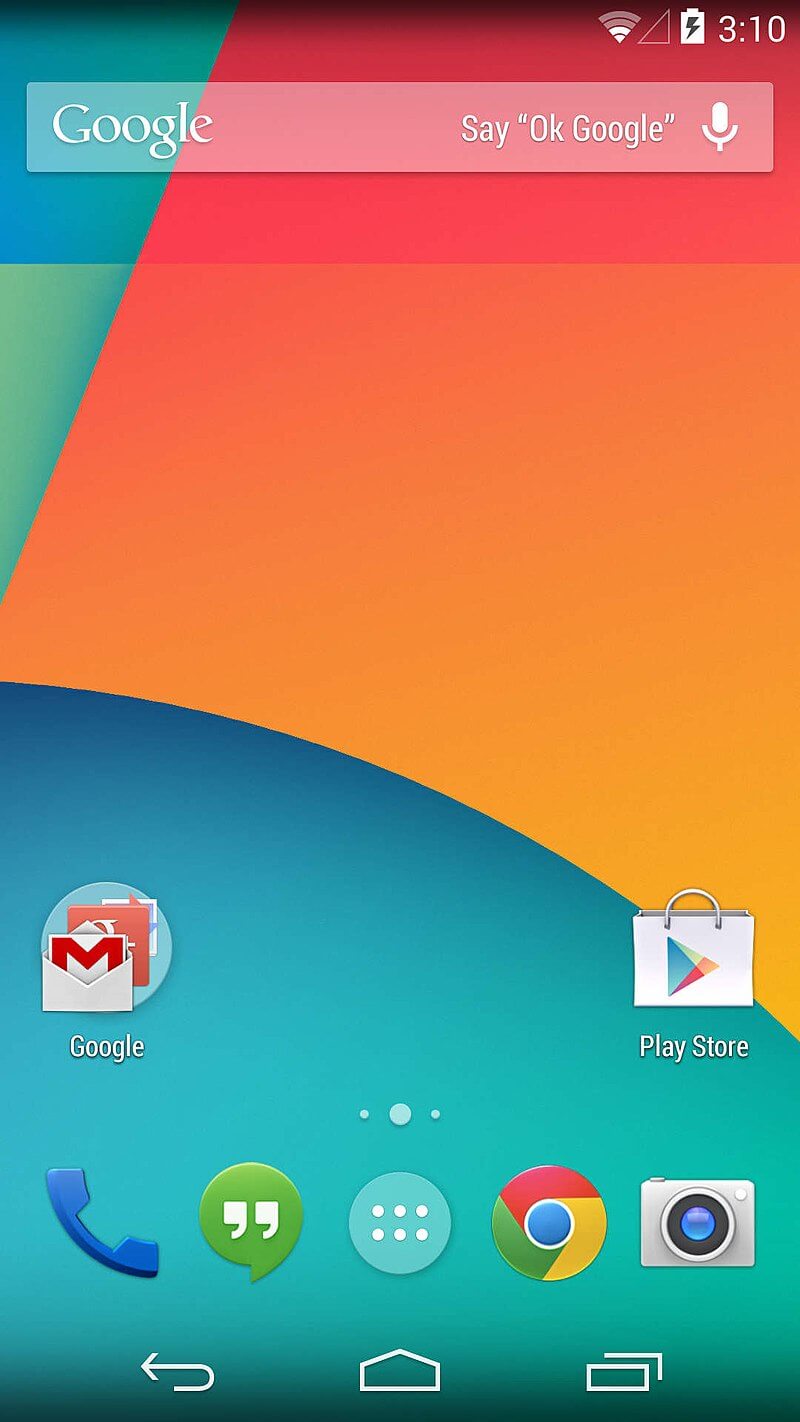
Android 4.4 KitKat was launched in 2013. The operating system version launch coincided with the Nexus 5 launch. The version also came with a lot of unique features. Android 4.4 KitKat literally revamped the aesthetic section of the Android operating system and modernized the whole look. Google used a white accent for this version, replacing the blue accents of the Ice Cream Sandwich and Jelly Bean. In addition to that, many of the stock apps that were offered with Android also showcased color schemes that were lighter.
In addition to that, you also get a new phone dialer, a new Hangouts app, the Hangouts messaging platform along with SMS support as well. However, the most popular one was the “OK, Google” search command, enabling the users for accessing Google at any time they wish to.
Android 5.0 Lollipop (2014)
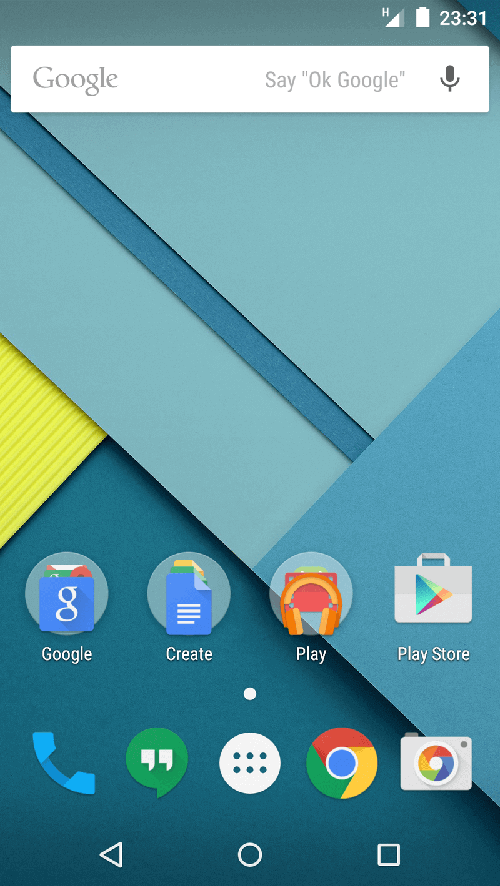
With the next Android operating system version – Android 5.0 Lollipop – Google essentially redefined Android once again. The version was launched in the fall of 2014. The Material Design standard that is still lurking around today was launched in Android 5.0 Lollipop. The feature gave a fresh new look across all the Android devices, apps, and other products from Google.
The card-based concept was scattered in Android prior to it as well. What Android 5.0 Lollipop did was to make it a core user interface (UI) pattern. The feature dictated the whole appearance of Android ranging from notifications to the recent apps list. You could now see notifications at a glance on the lock screen. On the other hand, the recent apps list now had a full-on card-based appearance.
The operating system version came with a lot of new features, unique one being the hands-free voice control through the “OK, Google,” command. In addition to that, multiple users on phones were now supported as well. Not only that, but you could now also get a priority mode to better manage your notifications. However, due to so many changes, in its initial time, it also suffered quite a lot of bugs as well.
Also Read: 8 Best Android Camera Apps of 2022
Android 6.0 Marshmallow (2015)
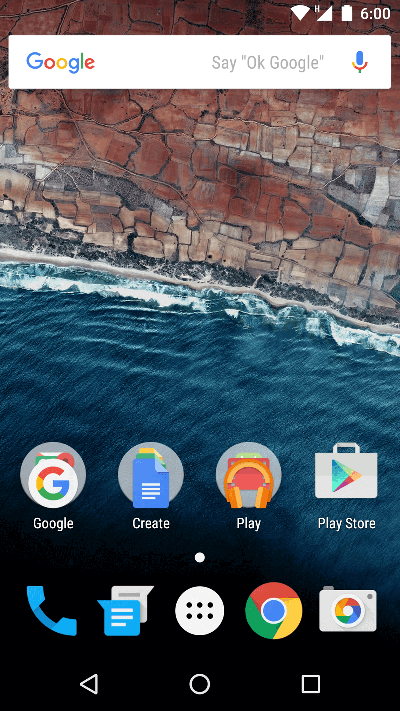
On the one hand, when Lollipop was a game-changer, the subsequent version – Android 6.0 Marshmallow – was a refinement to polish out the rough corners as well as improving the user experience of Android Lollipop even better.
The operating system version was launched in 2015. The version came with a feature called Dose which improved the Standby time of Android devices. In addition to that, for the first time, Google officially provided fingerprint support for Android devices. Now, you could access Google Now by a single tap. There was also a better permission model for apps available as well. Deep linking of apps were also offered in this version. Not only that, now you could send payments via your mobile, thanks to the Android Pay that supported Mobile Payments.
Android 7.0 Nougat (2016)
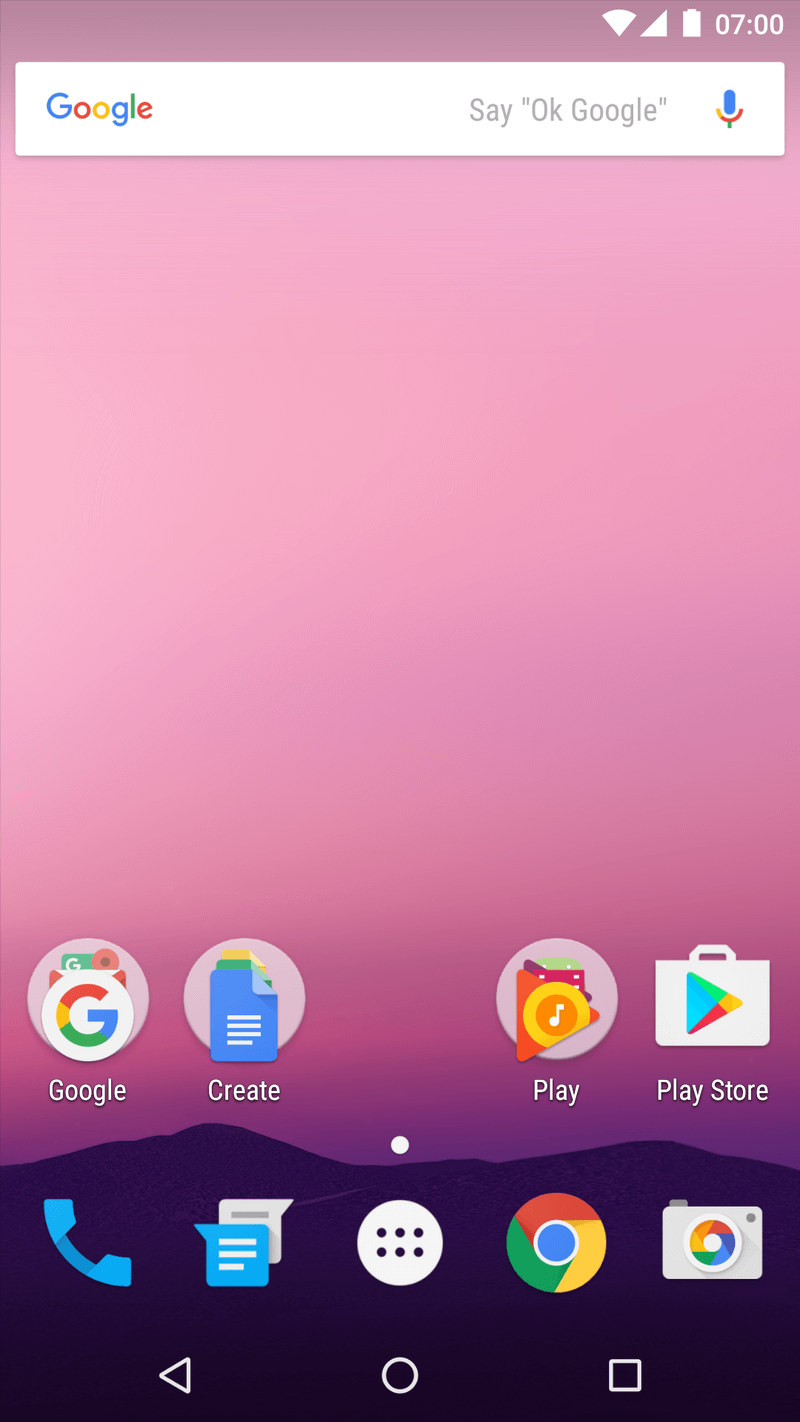
If you ask what is possibly the biggest upgrade to Android in the 10 years it has been out there on the market, I would have to say that it is Android 7.0 Nougat. The reason behind this is the smartness the operating system brought with it. It was launched in the year 2016. The unique feature that Android 7.0 Nougat brought with it was that Google Assistant – which is now a widely loved feature – took place of Google Now in this version.
In addition to that, you would find a better notification system, changing the way you could see notifications and work with them in the operating system. You could see the screen to screen notifications, and what was even better, that the notifications were placed in a group so that you could manage better, which was something the previous versions of Android did not have. Along with that, Nougat also had a better option of multitasking. No matter whether you are using a smartphone or a tablet, you are going to be able to make use of the split-screen mode. This feature is going to enable you to use a couple of apps simultaneously without the need to exit an app to use the other.
Android 8.0 Oreo (2017)
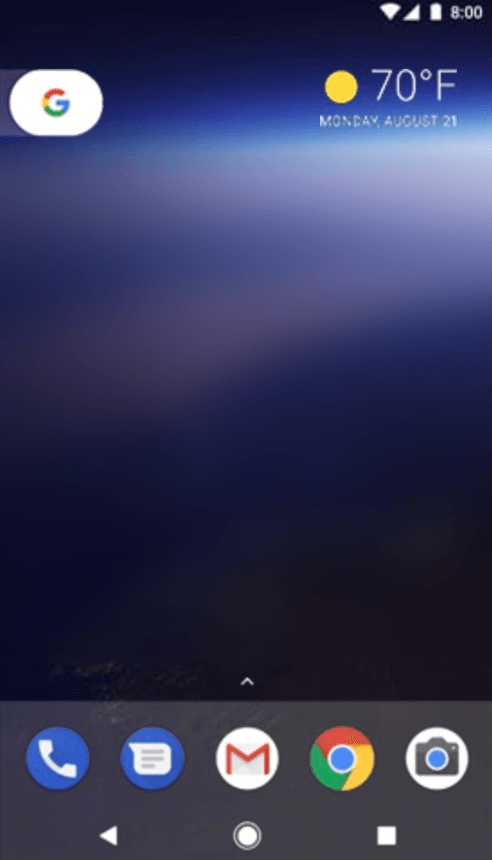
The next version Google brought to us was the Android 8.0 Oreo that was released in 2017. The operating system version is responsible for making the platform a lot nicer such as offering an option to snooze notifications, a native picture-in-picture mode, and even notification channels that would allow you to have better control over the apps on your phone.
In addition to that, the Android 8.0 Oreo came out with the features that have aligned Android as well as Chrome operating system together. Along with that, it has also improved the user experience for using Android apps on Chromebooks. The operating system was the first that featured Project Treble. It is an effort from Google with the goal of creating a modular base for the core of Android. This is done to make it easier to device makers so that they could offer software updates on time.
Android 9.0 Pie (2018)

Android 9.0 Pie is the next version of the Android operating system that was launched in 2018. In recent years, it is one of the most significant updates of Android, thanks to its visual changes.
The operating system removed the three-button setup that was present for so long in Android. Instead, there was a single button that was pill-shaped as well as gestures so that you could control things such as multitasking.
Google also offered quite a few changes in notifications such as providing better control over the type of notifications that you could see and the place where it would see. In addition to that, there was also a new feature called Google’s Digital Wellbeing. This feature allows you to know the time you use your phone for, your most-used apps, and many more. This feature is created with the aim to help users to manage your digital lives better so that they could remove smartphone addiction from their life.
Some of the other features include App Actions which are deep-links to specific app features, and Adaptive Battery, which puts a limit on the amount of battery background apps would be able to use.
Android 10 (2019)

Android 10 was released in September of 2019. This is the first Android version that is known simply by a number and not a word – thereby shedding the desert-themed moniker. There is an absolutely reimagined interface for Android gestures. The tappable back button has been completely removed. In its place, Android will now rely completely on a swipe-driven approach for system navigation. However, you do have a choice to use the older three-button navigation as well.
Android 10 also offers a setup for updates that are going to enable the developers to better rollout small as well as narrowly focused patches. There is also an updated permission system in place, giving you better control over the apps that are installed on your phone.
In addition to that, Android 10 also features a dark-theme, a Focus mode that will help you limit distractions from specific apps just by tapping an on-screen button. Along with that, the Android sharing menu overhaul is also provided. Not only that, now you can generate on the fly visual captions for any media that is playing on your phones such as videos, podcasts, and even voice recordings. However, this feature will be made available later this year – appearing first on Pixel phones.
So, guys, we have come to the end of the Android Version History article. It is time to wrap it up. I sure hope the article has been able to give you the value you expected from it. Now that you are equipped with the necessary knowledge, make use of it to the best of your abilities. In case you think I have missed any points or if you would like me to talk about something else other than this, do let me know. Until next time, take care and bye.